Premium Only Content
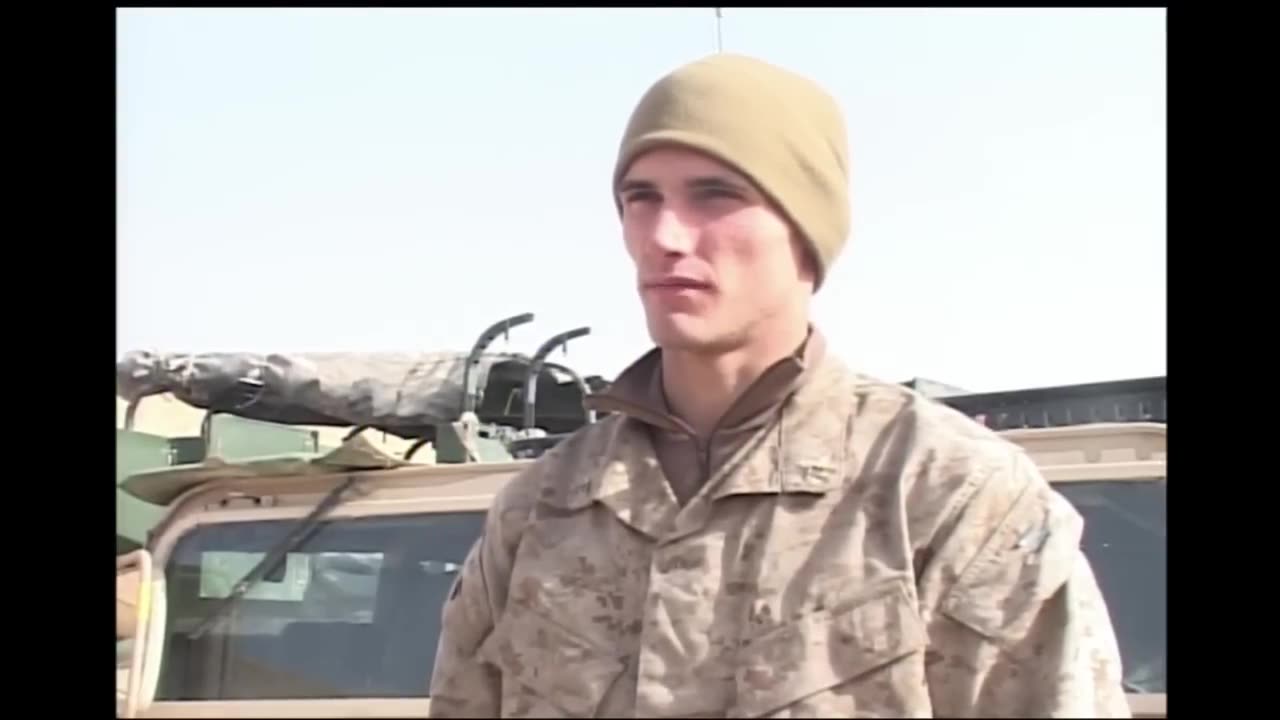
"Inside the 2nd Battle for Fallujah: Exclusive Combat footage Compilation from The US Marines."
Subscribe for more of the same!
https://autoshorts.ai/?ref=ydocs120
#iraq #war #marines #iraqifreedom #shooting
#army #fallujah
The Second Battle of Fallujah, codenamed Operation Phantom Fury (or Operation Al-Fajr meaning "The Dawn" in Arabic), was a major military engagement during the Iraq War. It took place in November and December 2004 and is considered one of the bloodiest and most intense battles fought by U.S. forces since the Vietnam War. The battle was a critical turning point in the fight against the Iraqi insurgency and al-Qaeda in Iraq.
Background
Fallujah, a city located about 40 miles west of Baghdad, became a hotbed of insurgency following the 2003 U.S. invasion of Iraq. After the failed attempt to secure the city during the First Battle of Fallujah in April 2004, the city became a stronghold for insurgents, including members of al-Qaeda, foreign fighters, and former Ba'athists. The insurgents used the city as a base for operations, launching attacks on coalition forces and imposing strict Sharia law on the local population.
The U.S. military recognized the strategic importance of Fallujah and the need to regain control of the city to weaken the insurgency in Iraq. After months of preparation and intelligence gathering, a second assault on the city was planned, this time with the intent of fully clearing the insurgents and restoring order.
The Assault
The battle began on November 7, 2004, with an intense air and artillery bombardment aimed at softening insurgent defenses. U.S. Marines, Army units, and British forces spearheaded the ground assault, with the bulk of the forces consisting of the 1st Marine Expeditionary Force (I MEF) and the U.S. Army's 1st Infantry Division. Iraqi security forces also participated, although their role was primarily supportive.
The assault was marked by fierce urban warfare, as U.S. forces advanced into the city from multiple directions. The insurgents had prepared elaborate defenses, including fortified positions, booby traps, and tunnels. They were heavily armed with small arms, machine guns, mortars, and rocket-propelled grenades (RPGs). The fighting was brutal, with intense house-to-house and street-to-street combat.
The U.S. forces faced a well-coordinated and determined enemy, but they were able to systematically clear the city through a combination of overwhelming firepower, coordinated assaults, and close-quarters combat. The Marines, in particular, played a critical role, using their training in urban warfare to push through the heavily defended city.
Key Battles and Tactics
One of the most significant engagements during the battle was the assault on the Jolan District, a densely populated area that served as the insurgents' stronghold. The fighting in Jolan was particularly intense, with Marines encountering stiff resistance as they cleared buildings, often engaging insurgents at close range.
The use of precision air strikes and heavy artillery was crucial in breaking the insurgents' defenses. The U.S. forces also relied on armored vehicles and tanks to support infantry movements and provide cover against sniper fire and ambushes.
Casualties and Impact
By the time the battle concluded in late December 2004, the U.S. had secured the city, but the cost was high. Approximately 95 U.S. troops were killed, and more than 560 were wounded. Iraqi forces also suffered casualties, though their losses were significantly lower. Insurgent casualties were estimated to be between 1,200 and 1,500 killed, with many more captured or fleeing the city.
The destruction in Fallujah was extensive, with large portions of the city reduced to rubble. The civilian population, most of whom had fled before the battle, faced significant challenges upon returning, including rebuilding their homes and accessing basic services.
Aftermath and Significance
The Second Battle of Fallujah was a significant tactical victory for U.S. forces and dealt a major blow to the insurgency in Iraq. It disrupted al-Qaeda's operations in the region and demonstrated the capability of U.S. forces to conduct large-scale urban warfare.
However, the battle also highlighted the complexities of the Iraq War, particularly the challenge of rebuilding and stabilizing areas after intense combat. Fallujah became a symbol of the broader struggle in Iraq, illustrating both the successes and the difficulties of counterinsurgency operations.
The battle is remembered for its intensity, the bravery of the soldiers and Marines who fought there, and its role in shaping the course of the Iraq War. It remains one of the most studied and discussed engagements in modern military history.
"The appearance of U.S. Department of Defense (DoD) visual information does not imply or constitute DoD endorsement."
-
 LIVE
LIVE
Anthony Rogers
8 hours agoEpisode 380 - Is Pain All In Your Head?
42 watching -
 1:46:17
1:46:17
Glenn Greenwald
5 hours agoGlenn Takes Your Questions on Censorship, Epstein, and More; DNC Rejects Embargo of Weapons to Israel with Journalist Dave Weigel | SYSTEM UPDATE #505
96K6 -
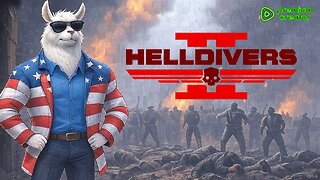 LIVE
LIVE
Jokeuhl Gaming and Chat
7 hours agoHelldivers 2 - Spreading Democracy w/ Ryker
44 watching -
 27:47
27:47
Stephen Gardner
2 hours ago🚨BREAKING: Trump FURIOUS Over Kamala’s Latest Move – SHOCKING Details!
7.41K28 -
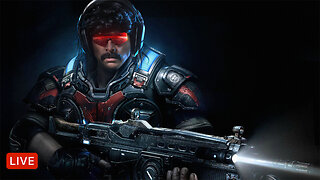 8:00:13
8:00:13
Dr Disrespect
10 hours ago🔴LIVE - DR DISRESPECT - GEARS RELOADED GLOBAL LAUNCH - CRUSHING LOCUST
106K13 -
 LIVE
LIVE
Reolock
3 hours agoWoW Classic Hardcore | One level at a time
24 watching -
 LIVE
LIVE
Spartan
5 hours agoScrims vs FaZe then Ranked + Expedition 33
8 watching -
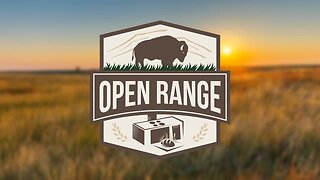 57:00
57:00
BEK TV
23 hours agoOpen Range
5.73K1 -
 1:06:27
1:06:27
BonginoReport
5 hours agoBig Bad JB Threatens Trump! - Nightly Scroll w/ Hayley Caronia (Ep.120) - 08/26/2025
107K49 -
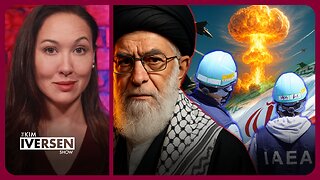 1:02:26
1:02:26
Kim Iversen
5 hours agoIran Rejects Nuclear ‘Spy’ Inspectors — War Next?
47.7K94